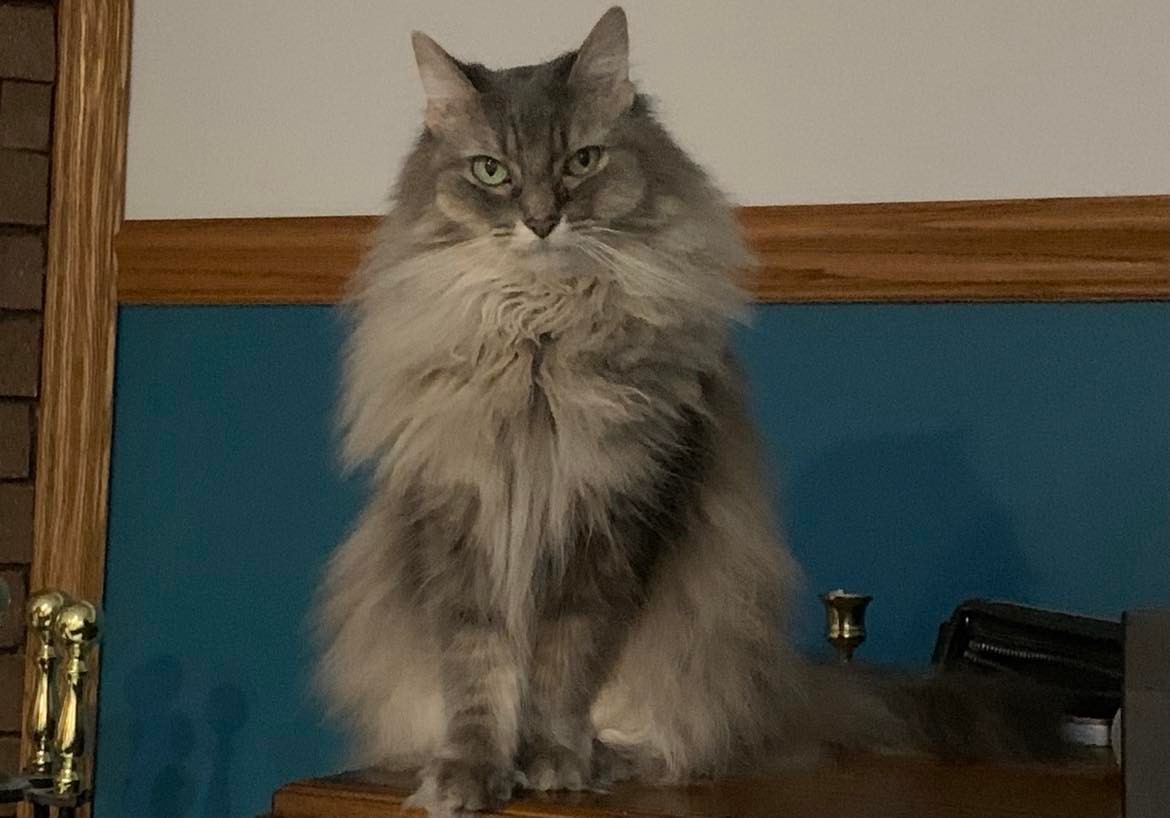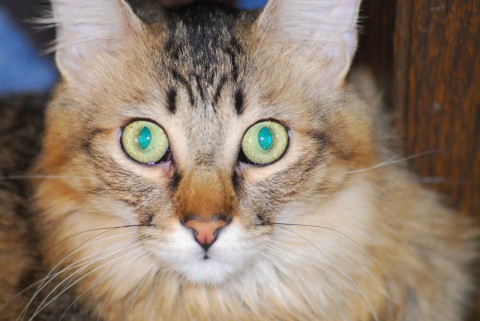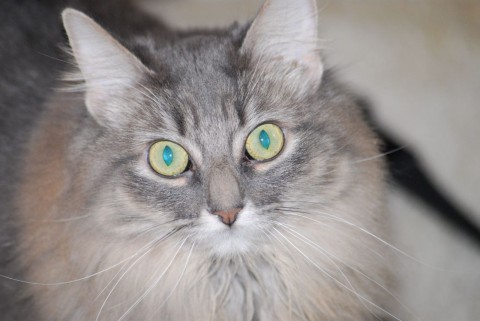This is republished from my column on Examiner.com, with minor alterations
Scientists have found the gene that creates the tabby cat markings that are so commonly seen in domestic house cats, according to an AP article published in The Huffington Post. This particular gene, and various mutations, are responsible for determining the pattern of stripes a tabby cat will have.
Researchers were hunting for a gene that causes, or controls, tabby cat markings
The discovery was made by researchers who contributed to the sequencing of the genome of the domestic cat, a project that was completed in 2007. They were especially interested in the gene or genes that change the typical tabby cat markings from vertical, tiger-like stripes to the less common blotchy, swirled pattern, according to an article by Stephanie Pappas of LiveScience that was published on MSNBC.com. They sequenced the genes from two different sets of tabbies, and were able to narrow their markings down to one gene, called Taqpep.
Tabby is not a specific breed of cat, but rather, it’s a defined set of markings that can be found on many different breeds. In fact, the word “tabby” comes from an ancient city located near present-day Baghdad that was called Attabiya, which was well known for its silk manufacturing. The British called silk from the region “atabi,” and applied the word “tabby” to the cats that had markings resembling the stripes on the silk.
The various types of tabby cat markings
There are several different types of tabby cat markings. Classic tabbies have blotches in addition to stripes, which often appears to be a swirl of stripes on the cat’s sides. Generally the stripes are very well defined, and this pattern is a favorite among cat owners. This pattern is caused by mutations in the Taqpep gene.
The mackerel pattern is the most common. These tabby cat markings are characterized by stripes that run vertically down the cat’s sides and one wide, dark stripe down the cat’s back and up its tail. The backs of its feet are dark in color; usually the same color as its stripes, and there is no ticking, or the agouti “peppering” that is so common to wild animals.
Ticked tabbies have very obvious ticking in their fur; the individual hairs have alternating bands of color, giving the cat’s coat its ticked pattern. These tabbies generally have extremely faint stripes, or no stripes at all, on their sides, but do have defined stripes on their front and back legs and the long, dark stripe down their backs and up their tails, similar to other tabbies.
There are also spotted tabbies, which have spots rather than stripes. These tabby cat markings generally do not include any ticking, and their markings are quite defined. The spots can look like broken stripes or broken swirls on the cat’s sides, as well as down its front and back paws. Bengal cats, while they may fall into this category for markings, often don’t have any pattern to their spots the way typical spotted tabbies do, and they can have either solid spots or rosettes, which are spots with a dark outline, similar to that of a leopard.
Of course, there are lots of tabbies that don’t quite fit any single one of these, and they are unspecified tabbies. They may have mixed patterns or markings, or tabby patches mixed with solid patches.
All tabbies have the signature tabby cat “M” on their foreheads, made up of small stripes that appear to cluster together into a wide stripe on top of the head, and can spread out again on the cat’s neck. Of all tabby cat markings, the “M” is the most distinctive.
Tabbies come in many different colors, however black tabbies are somewhat rare and their markings can be very hard to see. Oftentimes, they look like they are solid black except in bright light, when their coloring is revealed to be a very dark chocolate brown with black stripes. These cats may have smoky coloring, which is fur that is dark near the tip, but light gray or white down near the base of the hair shaft.
The same gene that controls tabby cat markings gives the king cheetah its markings
A mutation of the Taqpep gene is also what gives the king cheetah its combination of stripes and blotches, rather than the usual spots that most cheetahs have. On the king cheetah, some spots look to have been smeared into wide stripes along the cat’s body, but it also has spots.
While the mystery of how tabbies get either stripes or blotches has been solved, it’s still unclear what mechanism creates spotted tabbies.




